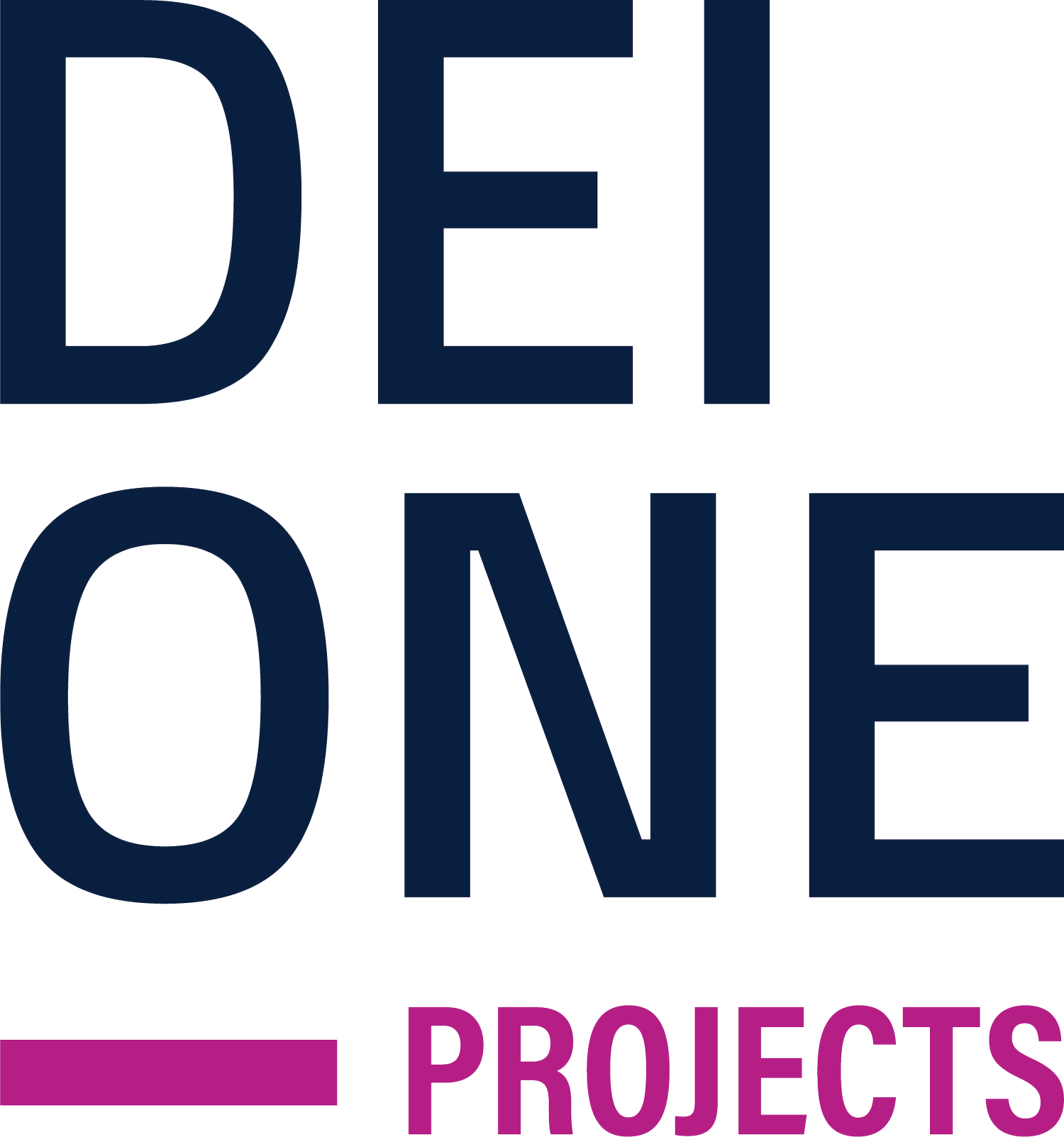The Art of Brand Storytelling through Fit-Out Design: Creating Immersive Brand Experiences
In the competitive landscape of today's market, businesses are continually seeking innovative ways to connect with their audience and differentiate themselves from the competition. One powerful strategy that has emerged is the art of brand storytelling through fit-out design. By weaving narratives into physical spaces, businesses can create immersive brand experiences that captivate and engage customers on a deeper level.
At its core, brand storytelling is about communicating the values, mission, and personality of a brand in a compelling and memorable way. Fit-out design provides the canvas upon which these stories can come to life, offering a tangible and sensory experience that resonates with customers on both an emotional and intellectual level.
So, how can businesses harness the power of brand storytelling through fit-out design to create immersive brand experiences? Here are some key strategies:
Know Your Brand: Before embarking on the design process, it's essential to have a deep understanding of your brand identity, values, and target audience. What story do you want to tell? What emotions do you want to evoke? By aligning the design with your brand essence, you can ensure that every element of the fit-out contributes to the overarching narrative.
Create a Conceptual Narrative: Every brand has a story to tell, whether it's rooted in history, innovation, or a particular ethos. Use fit-out design to bring this story to life through thematic elements, storytelling zones, and interactive experiences. From the layout and aesthetics to the materials and signage, every aspect of the design should contribute to the narrative.
Engage the Senses: Immersive brand experiences are multisensory by nature, engaging customers on multiple levels. Incorporate elements that appeal to all five senses—sight, sound, touch, taste, and smell—to create a fully immersive experience. Whether it's through ambient lighting, curated playlists, tactile textures, or interactive displays, every sensory detail should reinforce the brand story.
Encourage Interaction and Exploration: Encourage customers to become active participants in the brand story by creating opportunities for interaction and exploration. Whether it's through interactive exhibits, experiential installations, or hands-on demonstrations, invite customers to engage with the space and uncover the brand narrative in their own way.
Consistency is Key: Finally, ensure consistency across all touchpoints to reinforce the brand narrative and create a cohesive brand experience. From the physical store environment to digital platforms and marketing collateral, every interaction should reflect the same brand story and values.
By harnessing the power of brand storytelling through fit-out design, businesses can create immersive brand experiences that leave a lasting impression on customers. From conceptual narrative to sensory engagement and interactive exploration, every element of the fit-out contributes to the overarching brand story, fostering deeper connections and brand loyalty.

